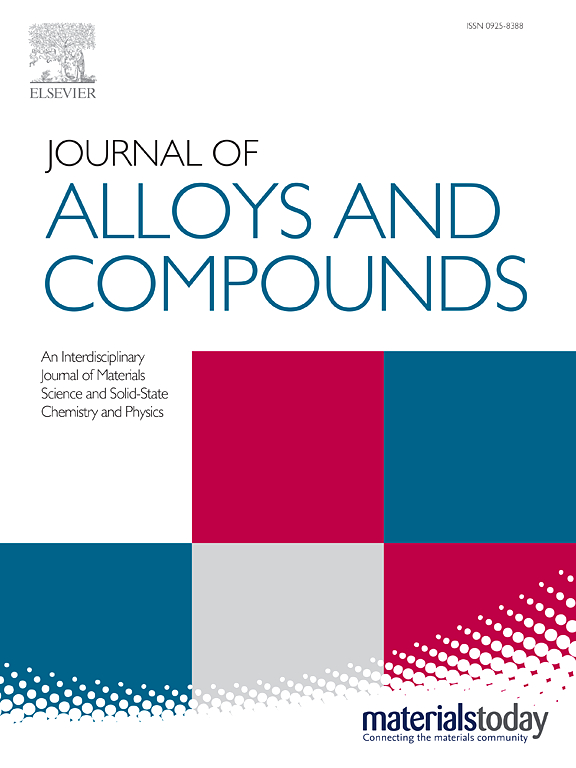MOCVD growth of InN thin films at different temperatures using pulsed trimethylindium approach
IF 5.8
2区 材料科学
Q2 CHEMISTRY, PHYSICAL
引用次数: 0
Abstract
The growth of indium nitride (InN) thin films via metalorganic chemical vapor deposition (MOCVD) is often hindered by nitrogen deficiency at lower growth temperatures. To address this limitation, we report on the MOCVD growth of InN thin films at three temperatures (i.e., 570 °C, 585 °C, and 600 °C) using a pulsed trimethylindium (TMIn) approach. This method can achieve an ultra-high effective V/III molar ratio of 120 K, effectively mitigating nitrogen deficiency and promoting high-quality film growth. High-resolution X-ray diffraction (XRD) measurements revealed that wurtzite structure InN thin films were successfully grown. Field emission scanning electron microscopy images showed that the InN exhibits a 3D growth mode, and the island size is proportional to growth temperature. Subsequently, the crystalline quality improved with higher growth temperatures due to reduced coalescence boundaries. From the XRD rocking curve omega-scans, the edge and screw dislocation density magnitude is in the order of × 1010 cm−2 and × 108 cm−2, respectively. As the growth temperature increased, the bandgap energy was redshifted from 0.92 eV to 0.87 eV; while Hall mobility was reduced from 149 cm2/Vs to 130 cm2/Vs. The results revealed that higher growth temperature tends to produce InN with better crystal quality and optical properties. In addition, the results also lead to the conclusion that the ultra-high effective V/III ratio of the pulsed TMIn approach is promising and could minimize the nitrogen deficiency nature of low-temperature MOCVD growth.
求助全文
约1分钟内获得全文
求助全文
来源期刊

Journal of Alloys and Compounds
工程技术-材料科学:综合
CiteScore
11.10
自引率
14.50%
发文量
5146
审稿时长
67 days
期刊介绍:
The Journal of Alloys and Compounds is intended to serve as an international medium for the publication of work on solid materials comprising compounds as well as alloys. Its great strength lies in the diversity of discipline which it encompasses, drawing together results from materials science, solid-state chemistry and physics.
 求助内容:
求助内容: 应助结果提醒方式:
应助结果提醒方式:


